Each Student to World online course includes both text-based and video-based curriculum options. Both versions have the same content, so individual students can choose the method that works best for them.
Everyday Mirrors
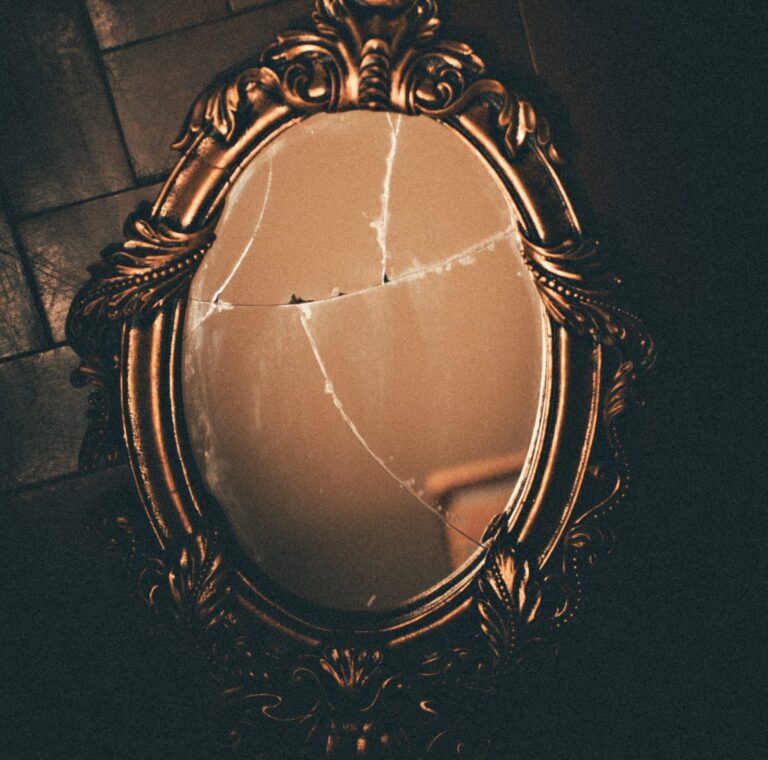
What do you see when you look in the mirror?
Who do you compare yourself to?
Have you ever been told to dress a specific way by your parents or your community?
Have you ever changed the way you look to fit other people’s expectations?
Have you seen your friend or someone in the media change the way they look because of the pressures of these expectations?
Have you ever wondered why people change the way they look to fit the expectations of others?
And what does all of this have to do with women’s rights?

![A South Asian young woman wearing a light pink dress with flowy sleeves, a cream colored hijab, looking out a window. Her reflection in the window is visible and behind her are brown wooden shelves with picture frames, and an art piece with the word 'Love'.]](https://gng.org/wp-content/uploads/2022/09/pexels-aldo-picaso-1138171-1024x682-1-768x512.jpg)
![An Asian young woman with long black hair and long bangs wearing a black t-shirt under an unbutton long sleeved denim shirt looking out a window.]](https://gng.org/wp-content/uploads/2022/09/pexels-sandevil-sandh-800703-1024x683-1-768x512.jpg)
People tend to dress, speak and behave in ways that their society has deemed correct or acceptable. We can see this especially in how women have been told to act and look overtime. Many societies place emphasis on women being beautiful for the pleasure of others. In particular, societies place expectations on women to conform to certain standards of what it means to be beautiful. These expectations show up in television shows, movies, social media feeds, and even in our homes and schools. These expectations are connected to our rights.
What are beauty standards?
Beauty standards are collective societal agreements on the human features and fashions that are considered to be beautiful and accepted in a given society. Women are disproportionately expected to conform to certain standards and are often pressured to do so by their families and communities. Scrolling through the selfies posted on Instagram, the beauty standards of any particular community are reinforced again and again.
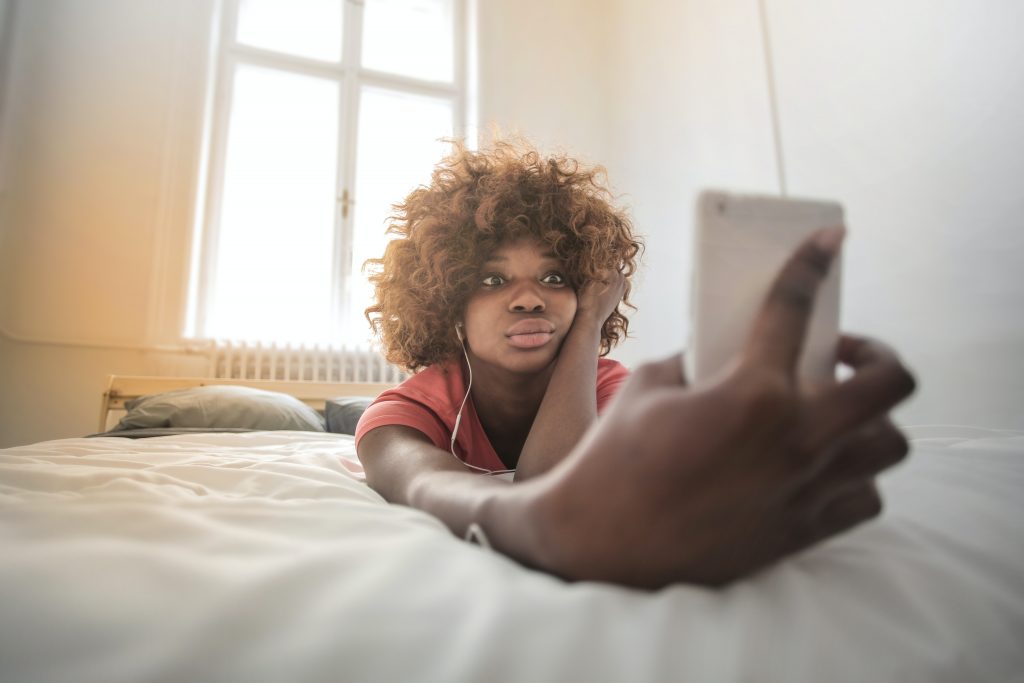
Beauty standards change over time; certain looks and features trend for several years in a row, and we can often see the same standards trending across different societies, countries, and communities. For example, during some eras, beauty standards for women were slim waists, large breasts and buttocks. In other times, they focused on toned arms, a slim frame and above average height.
Beauty standards around the world
Even though beauty standards are everywhere, they can differ across the world and across time. Think about the old Chinese practice of binding women’s feet. From the years 960 to 1279, women in China were considered more beautiful if their feet were smaller.
In modern times this practice is considered to be extreme as it causes pain, limited mobility and changes the shape of women’s feet. However, think about the current use of high heels, which can also cause pain, limit mobility, and change the musculature in the feet and legs, all in the name of beauty standards! Working women in many parts of the world change their shoes from sneakers to heels once they get to their offices. Why?
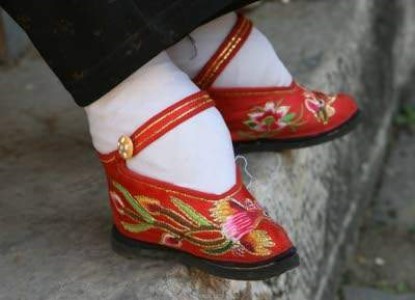

About This Course
This course was created by our unique, youth-led global internship program. Visit the course page to view learning objectives, standards alignments, content formats, and more.
Watch a Video of Module 1 Part 1
As part of Global Nomads Group’s commitment to accessibility, all Student to World video courses include American Sign Language interpretation and Closed Captioning in English and Arabic.
Key Vocabulary
Affect. v. To influence or change something.
Individual. n. A single person.
Influence. v. To have an effect on.
Process. n. A series of actions or steps taken in order to achieve a particular goal.
Unlearn. v. To undo the effect or discard the learning of.
Register
Teachers, Educators, & Leaders
Create an account and invite students or youth participants.
Students
If your teacher or group facilitator gave you a code.
Independent Learners
Take a course on your own.
Already have an account?
Zeynep, Youth from Turkey
“In Turkey, a woman is supposed to be curvy and petite. And when you don’t fit in those standards, people will start to discriminate you. I have a lot of friends who had to take dietary supplements. It could be dangerous since the supplements may have a side effect and/or cause a health issue with an underlying health problem. Personally, I don’t care about what other people say about how I fit in standards and neither should anybody. Standards change all the time therefore I don’t see the point of putting my health at risk just so some people can find me ‘beautiful’.”
Zeynep, Youth from Turkey
“In Turkey, a woman is supposed to be curvy and petite. And when you don’t fit in those standards, people will start to discriminate you. I have a lot of friends who had to take dietary supplements. It could be dangerous since the supplements may have a side effect and/or cause a health issue with an underlying health problem. Personally, I don’t care about what other people say about how I fit in standards and neither should anybody. Standards change all the time therefore I don’t see the point of putting my health at risk just so some people can find me ‘beautiful’.”
Now think about the female beauty standards in your community. For example, have you ever heard of a chin tattoo? The Ta Moko is a chin tattoo common among women in the Maori community in New Zealand and is considered to represent their true identities. It is a symbol of personal pride that was common in the early 1800s and started to regain popularity in the 1980s.
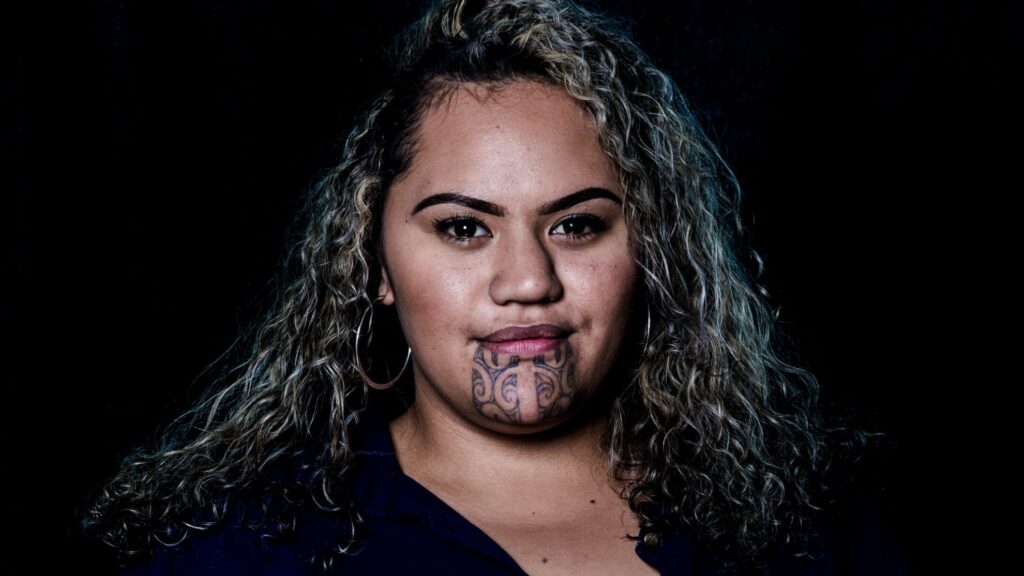
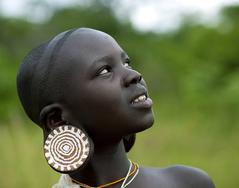
In parts of Kenya and other African countries, a shaved head and stretched earlobes are considered to be beautiful for all genders, although they are becoming less common among boys.
What do beauty standards have to do with women’s rights?
But how do these standards connect to the rights of women and girls? How do they affect the power they have? How do they impact their opportunities?
Studies show a connection between a person’s perceived attractiveness and how they are treated in society. For women and girls, this is especially the case. Those whose bodies, features and clothing reflect societal beauty standards tend to receive better treatment.
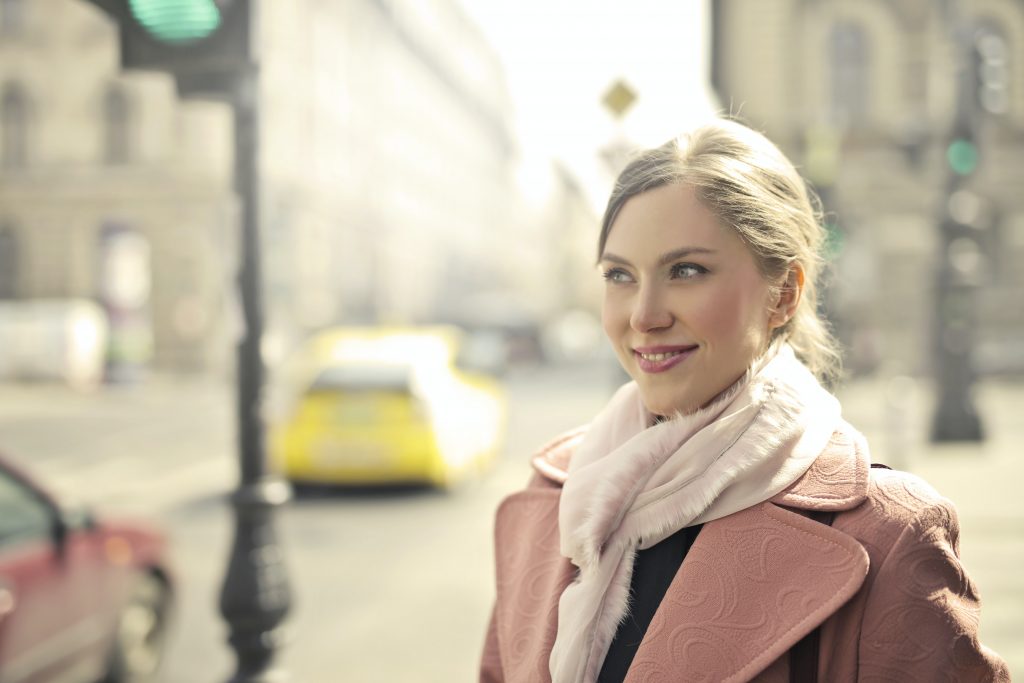
They’re more likely to get positive attention, like getting encouraging comments on social media. But, based on our natural skin tones, hair textures, and body types, we may or may not look anything like the beauty standards we are measured against.
In fact, most female bodies do not look like the standards considered beautiful at any given time. The unrealistic beauty standards girls and women are measured against can sometimes make them feel unattractive or unvalued and can also influence the opportunities they have. Some women and girls go to great lengths to change their appearances to conform to these standards. Others ignore them altogether.
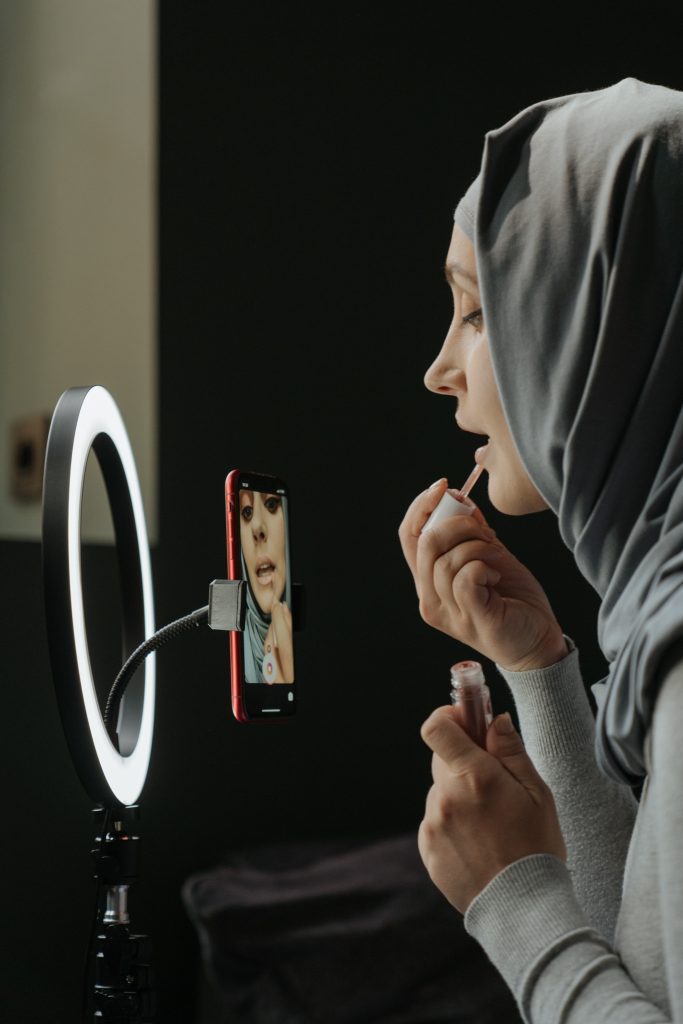

![A Black women with a couple days of growth of a shaved head, wearing glasses, medium sized hoop earrings, a white collared button-down shirt, rolled up jeans and gray high top sneakers. She is looking at her phone while sitting on a cafe stool chair with her feet up on the chair and knees bent close to her chest. Behind her is a window and a brick wall, painted white.]](https://gng.org/wp-content/uploads/2022/09/pexels-ketut-subiyanto-4353614-683x1024-1.jpg)
Societies teach girls and women that aspects of their bodies can be distracting, particularly to boys and men. In some parts of the world this leads to dress codes that are enforced in school or in general. While dressing modestly can be a personal choice, when it is a general rule, all women are expected to adhere to it or face social, or sometimes legal, consequences. The social consequences can include shaming, ostracization, or even physical harm.
Buhle, Youth from South Africa
“One of the many beauty standards in my society is light skin. Movies, music videos and magazines all promote the idea that the lighter you are, the better you are. If you have a light skin complexion or you are a “yellow-bone” as people in my country would say, you are prettier and usually treated with a lot more kindness. Many people, a majority of them being girls, even go to the extremes of lightning/bleaching their skin which is strongly discouraged by health professionals as it is very risky and has serious side effects all in the name of wanting to fit in and essentially wanting to be beautiful. As I grow older, I am starting to learn that we are all different and that’s beautiful. I have learnt that my skin is the largest organ of my body meaning it has a huge role to play in my uniqueness. To the person reading this: ‘Care not what they say about the color of your skin and let the brilliant light of your soul blind them.’ ~ Mike Dolan . PS : You’re beautiful.”
Buhle, Youth from South Africa
“One of the many beauty standards in my society is light skin. Movies, music videos and magazines all promote the idea that the lighter you are, the better you are. If you have a light skin complexion or you are a “yellow-bone” as people in my country would say, you are prettier and usually treated with a lot more kindness. Many people, a majority of them being girls, even go to the extremes of lightning/bleaching their skin which is strongly discouraged by health professionals as it is very risky and has serious side effects all in the name of wanting to fit in and essentially wanting to be beautiful. As I grow older, I am starting to learn that we are all different and that’s beautiful. I have learnt that my skin is the largest organ of my body meaning it has a huge role to play in my uniqueness. To the person reading this: ‘Care not what they say about the color of your skin and let the brilliant light of your soul blind them.’ ~ Mike Dolan . PS : You’re beautiful.”
The constant pressure of female beauty standards affects women’s and girls’ self image and self esteem. As beauty standards change, girls and women often feel that they are not “enough” and don’t have the opportunity to celebrate their natural beauty and authentic selves. These dynamics have an affect on mental health and can lead to social anxiety, stress, eating disorders and body dysmorphia.
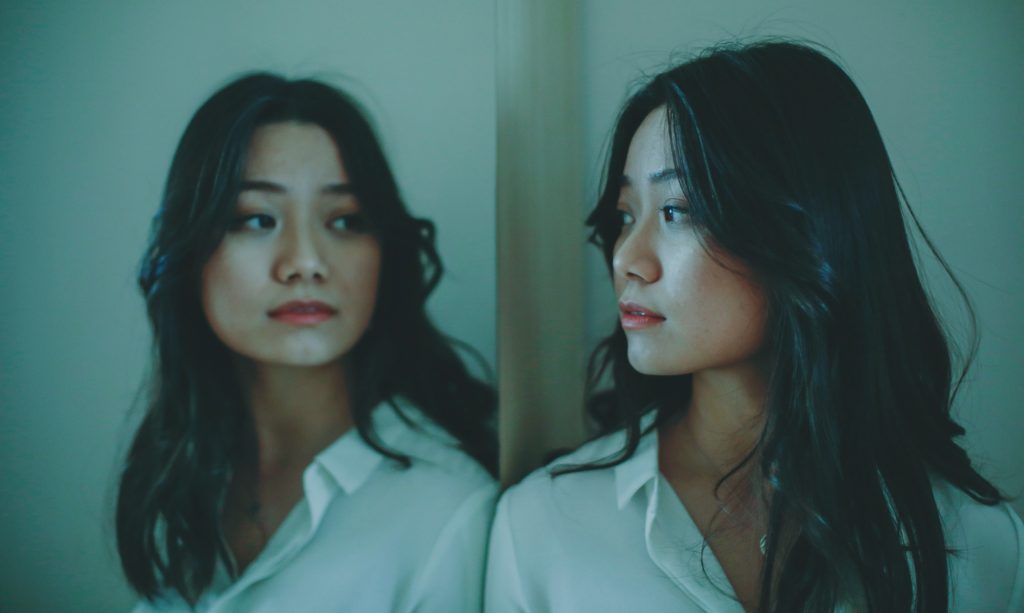
Change starts with understanding the nature of beauty standards, how they are taught and learned by society and social media, and how we can unlearn them so that we can instead focus on self love and acceptance.
Lecturer and community organizer Marshall Ganz has a framework we can use to start this process together as global peers. We begin with our own stories as Public Narratives. Sharing our stories publicly is a first step toward collective action. In telling our stories, we become leaders who motivate others to join us in creating positive change. We start with our own stories, the stories of self.
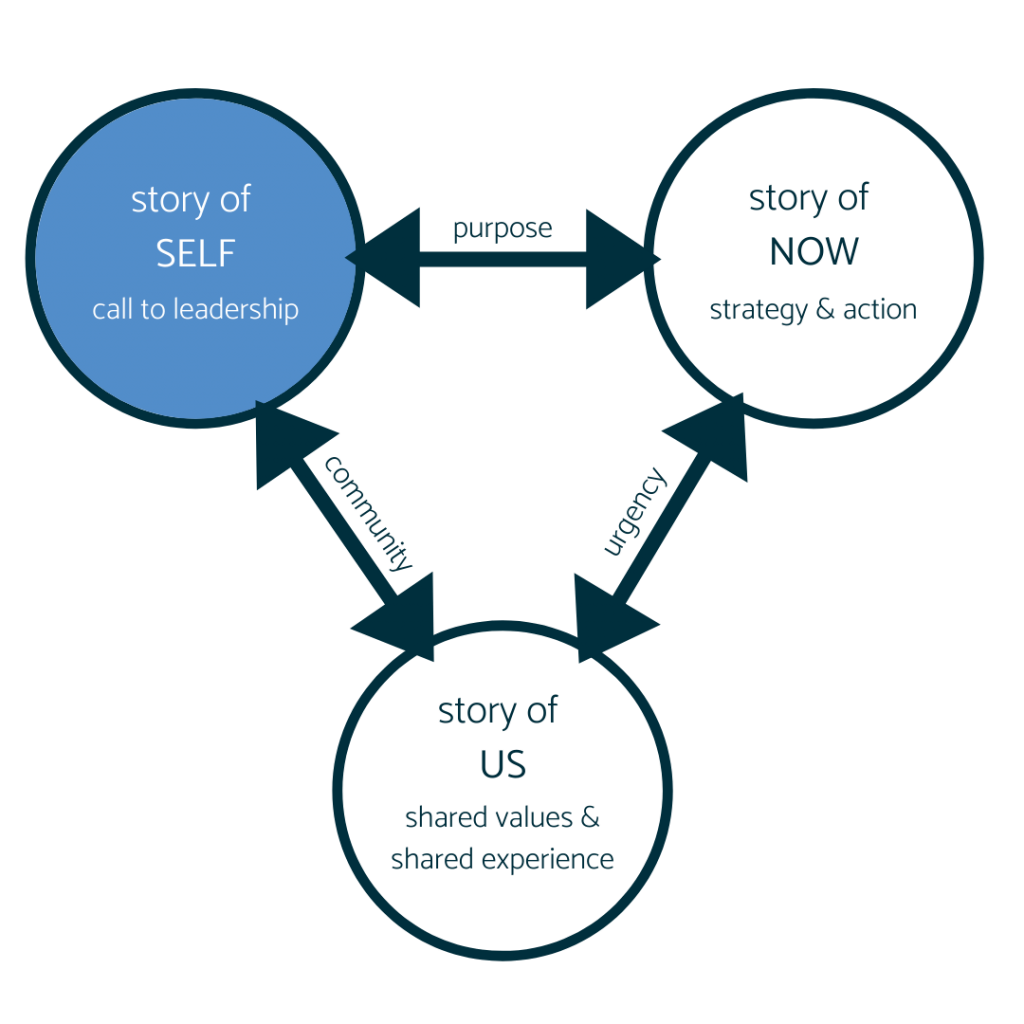
Three circles are positioned in an upside-down triangle. The circle on the top left reads “Story of Self: call to leadership,” and the circle on the top right reads “Story of Now: strategy and action.” Between those circles is a blue arrow pointing in both directions with the word “Purpose.” The circle at the bottom center reads “Story of Us: shared values and shared experience”. A blue arrow pointing in both directions connects the bottom circle with the top left circle and reads “Community.” A blue arrow pointing in both directions connects the bottom circle with the top right circle and reads “Urgency.”
Let’s watch the stories of self from some of our global peers. Hear Quincy from the United States, Zeynep from Turkey, and Refiloe from South Africa discuss beauty standards and the feelings that they cause.
For women and girls, claiming our natural beauty is a way to assert our rights and power!
You’re ready to explore…
Now that you understand the ways that beauty standards impact women’s rights, you’re ready to explore perspectives about beauty standards from around the world. Imagine you’re traveling to other countries to hear what other young people have to say about the beauty standards in their communities. Their stories and more are waiting for you on the next page.
To explore stories and resources, register for this course!
Register
Teachers, Educators, & Leaders
Create an account and invite students or youth participants.
Students
If your teacher or group facilitator gave you a code.
Independent Learners
Take a course on your own.
Already have an account?
About This Course
This course was created by our unique, youth-led global internship program. Visit the course page to view learning objectives, standards alignments, content formats, and more.
Watch a Video of Module 1 Part 1
As part of Global Nomads Group’s commitment to accessibility, all Student to World video courses include American Sign Language interpretation and Closed Captioning in English and Arabic.
Key Vocabulary
Affect. v. To influence or change something.
Individual. n. A single person.
Influence. v. To have an effect on.
Process. n. A series of actions or steps taken in order to achieve a particular goal.
Unlearn. v. To undo the effect or discard the learning of.
Register
Teachers, Educators, & Leaders
Create an account and invite students or youth participants.
Students
If your teacher or group facilitator gave you a code.
Independent Learners
Take a course on your own.

